#Stanley Cup by Covit_Nguyen_NORR
Explore tagged Tumblr posts
Text
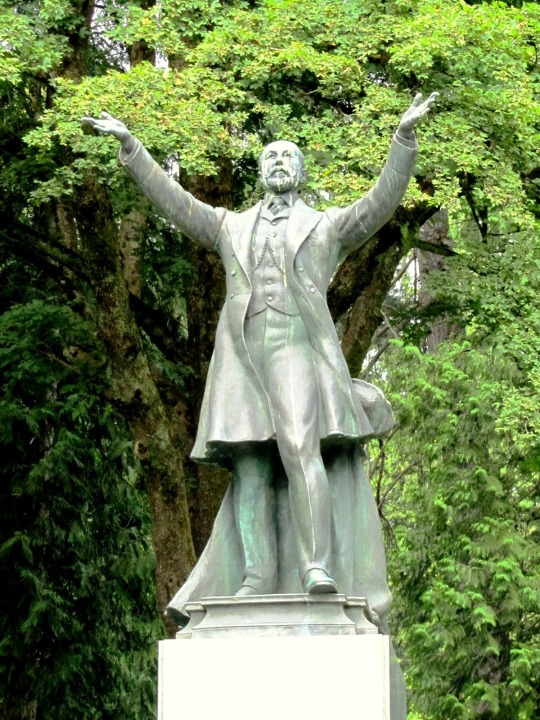
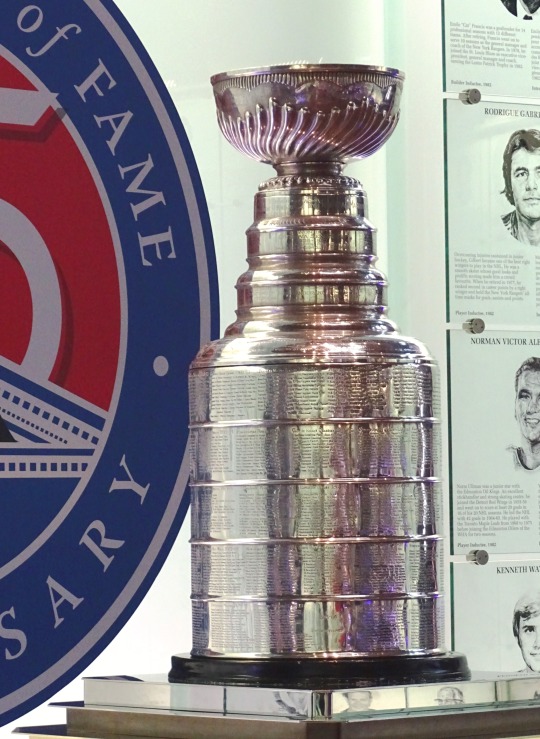


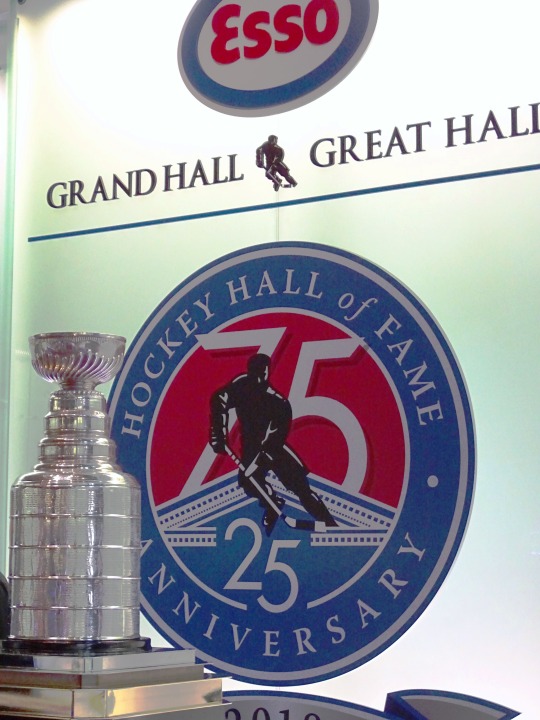
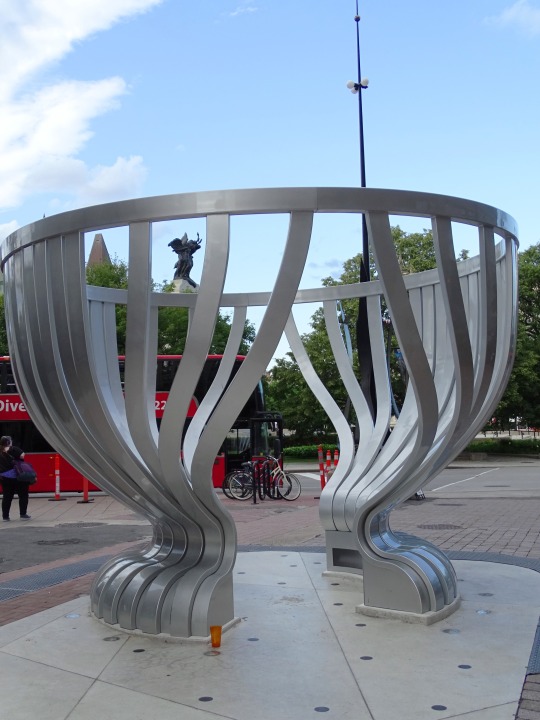
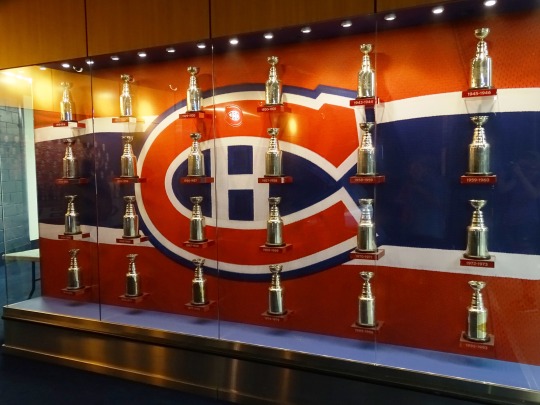
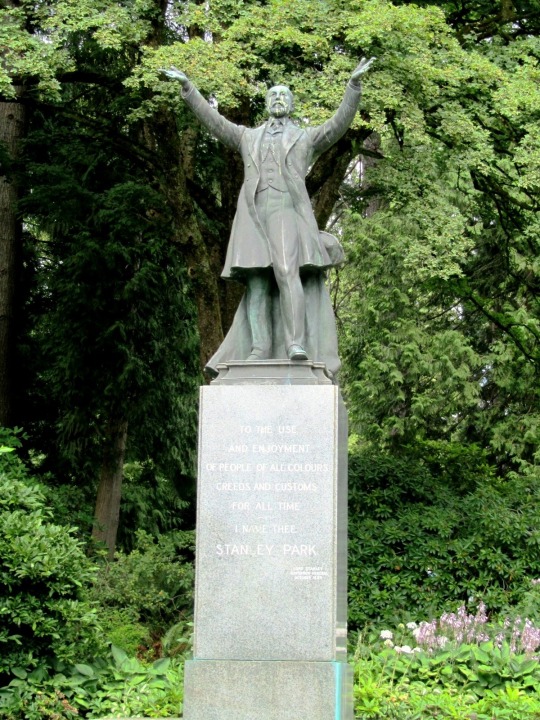
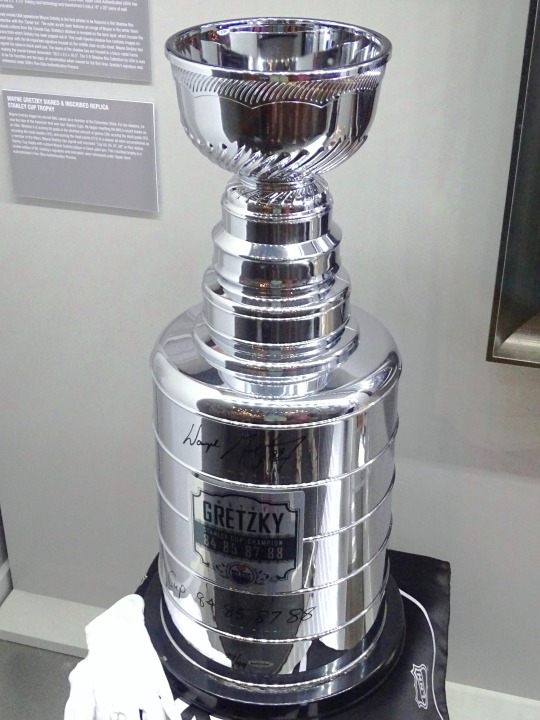
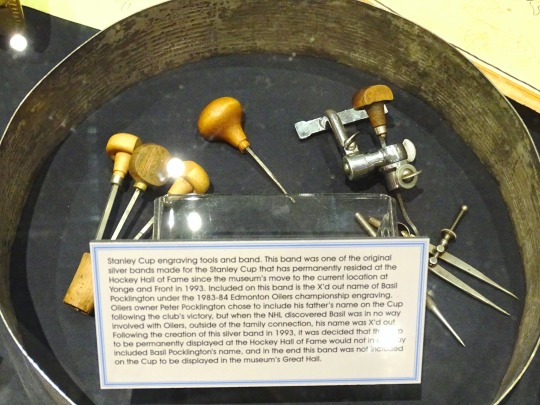
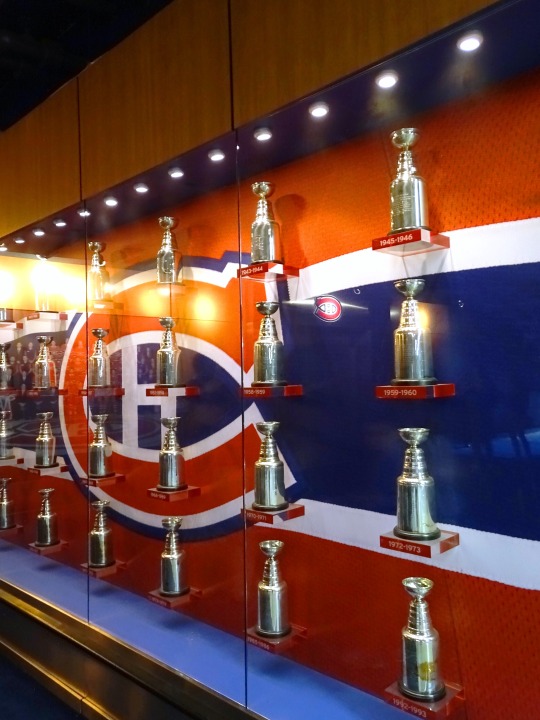
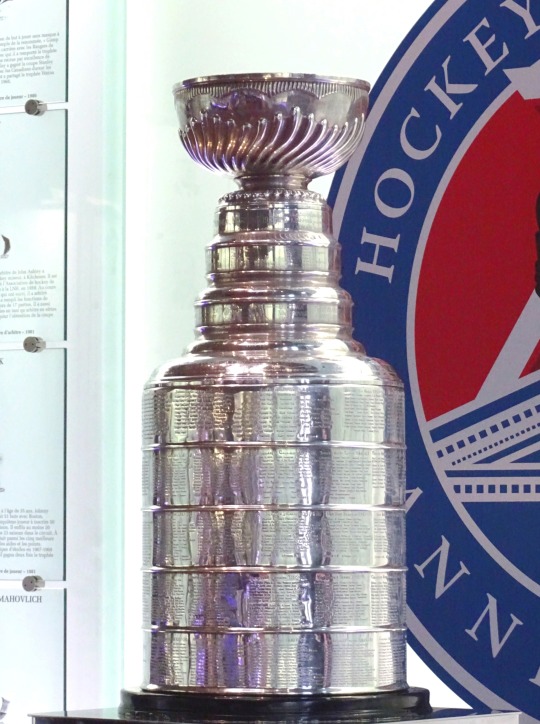
Former Governor General Lord Stanley pledged to donate a silver challenge cup as an award for the best hockey team in Canada on March 18, 1892. It was later named after him as the Stanley Cup.
#Sir Frederick Arthur Stanley#Lord Stanley Memorial Monument by Sydney March#Stanley Cup by Covit_Nguyen_NORR#Governor General Lord Stanley#donate#silver challenge cup#Stanley Cup#18 March 1892#anniversary#Canadian history#Stanley Park#Vancouver#Canada#2012#original photography#Toronto#Ontario#British Columbia#summer 2018#International Hockey Hall of Fame#travel#vacation#tourist attraction#landmark#Lord Stanley Cup#Ottawa#Wayne Gretzky#cityscape#architecture#the real and only Stanley Cup!
0 notes
Text
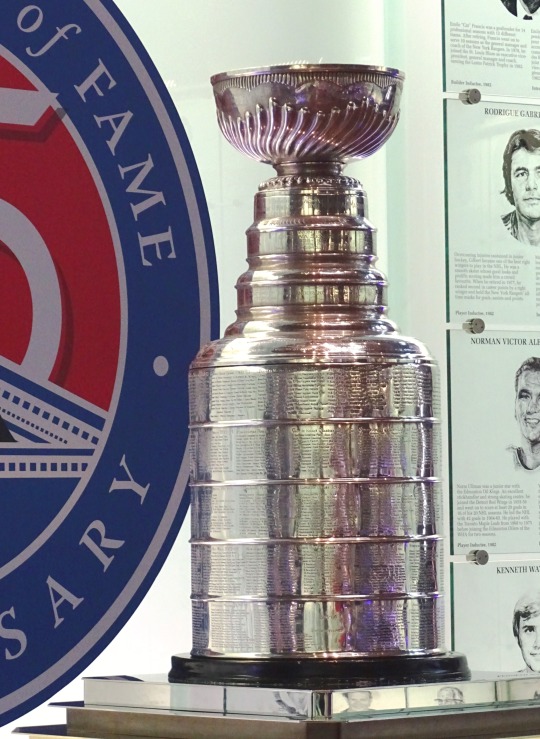

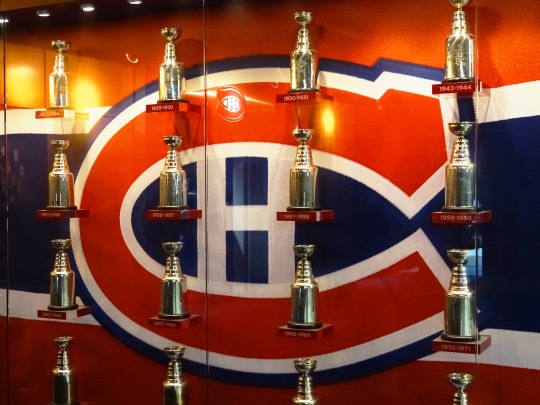
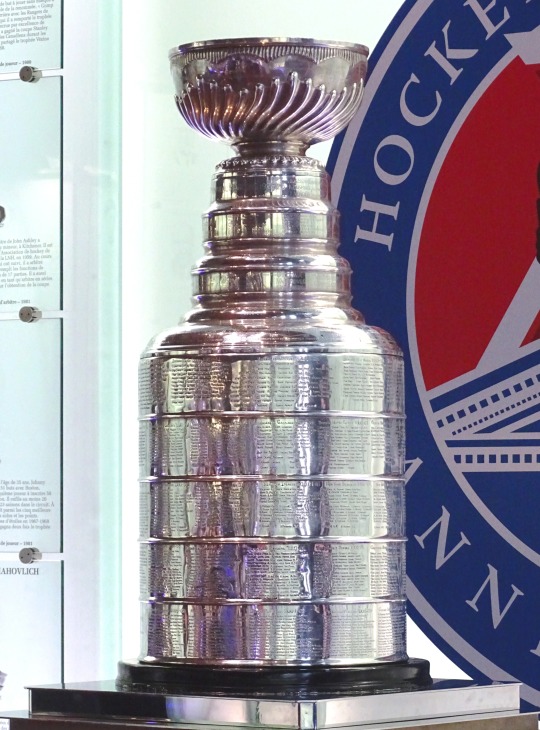


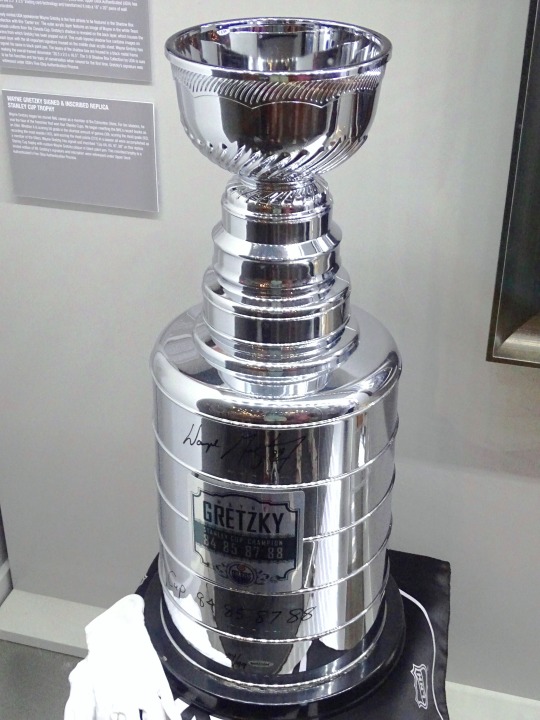
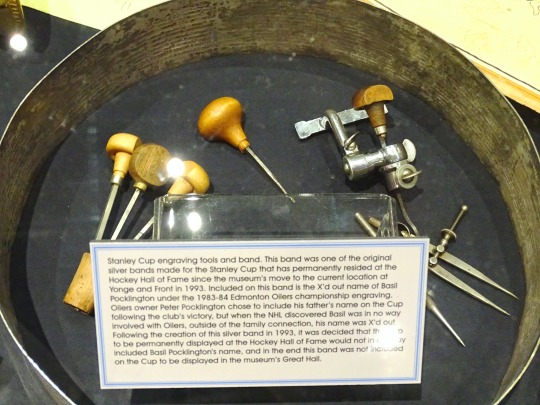


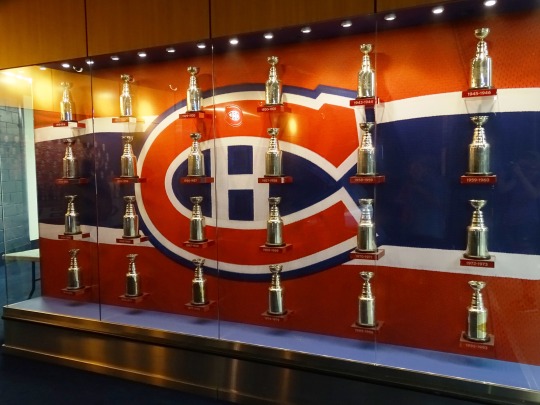
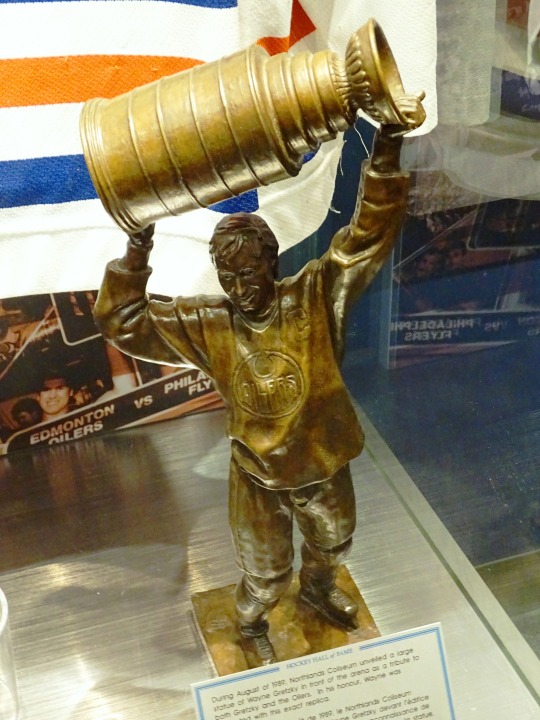

Sweetland and Ross first presented the Stanley Cup trophy in 1893 to the Montreal Amateur Athletic Association on behalf of the affiliated Montreal Hockey Club, the champions of the Amateur Hockey Association of Canada (AHAC) on March 17, 1893.
#first Stanley Cup#17 March 1893#International Hockey Hall of Fame#Toronto#original photography#travel#Canada#summer 2018#Bell Centre#Montreal Canadiens#engraving tools#Wayne Gretzky#anniversary#history#sport#NHL#Frederick Arthur Stanley#Stanley Park#Vancouver#2012#Stanley Cup by Covit Nguyen#Ottawa#public art#tourist attraction#vacation#Lord Stanley Memorial Monument by Sydney March#Stanley Cup by Covit_Nguyen_NORR
1 note
·
View note
Photo










Sweetland and Ross first presented the Stanley Cup trophy on March 17, 1893. to the Montreal Amateur Athletic Association on behalf of the affiliated Montreal Hockey Club, the champions of the Amateur Hockey Association of Canada (AHAC).
#International Hockey Hall of Fame#Toronto#Ontario#Montréal#Canada#Montreal Canadiens#the Habs#Bell Centre#Québec#Vancouver#travel#Stanley Park#Stanley Cup engraving tools#Wayne Gretzky#99#Great One#Stanley Cup by Covit_Nguyen_NORR#Ottawa#first presented#Stanley Cup trophy#17 March 1893#130th anniversary#Canadian history#sport#Sweetland and Ross#NHL
1 note
·
View note